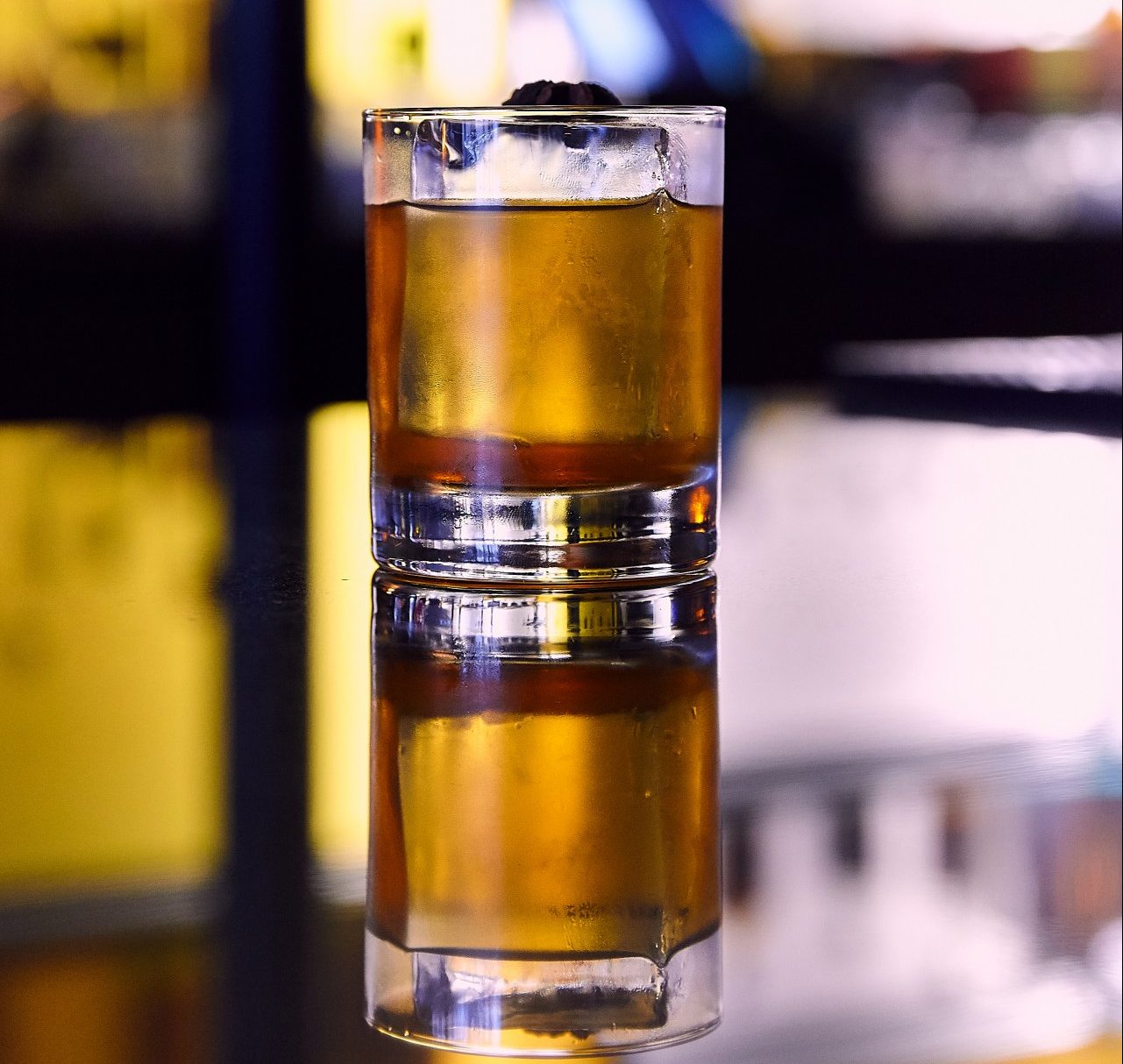Final Draft: where to find cocktails on tap

Barhoppers around town have been noticing a trend popping up in more and more venues. Bartenders are pouring cocktails from a tap. What is this wizardry?
It’s not new, but after years of high-volume bars rigging up cocktails on draft systems originally meant for beer, manufacturers have started producing equipment specially designed to handle cocktails. The concept is quite simple. You have containers of premixed cocktails housed in a cooler, connected to pressurized lines that use carbon dioxide to push the booze through the taps.
These systems don’t carbonate the cocktails. It’s just enough pressure to defy gravity and keep unwanted oxygen out of the equation. It’s not a cheap option, but depending on a bar’s needs the investment could pay for itself in short order.
There can be a few reasons to go this route. A high-volume bar that serves several hundred drinks a night can mix up large batches of complicated cocktails once or twice a week, and increase the productivity of the bar team. Large venues that do a high volume of business see a demonstrable increase in speed of service when these systems are deployed strategically.
This concept is also ideal for a brewery that doesn’t really want a full bar, but sees the need to offer something different for their non beer-drinking guests who are dragged to the brewery by beer geek friends. The recently opened Antiques on High, Seventh Son’s sour spin-off adventure, understands these calls all too well.

Photos by Brian Kaiser 
“[Antiques on High] comes from a foundation of beer,” said Travis Owens, Lead Consultant with Behind the Glass Consulting who heads up the cocktail program at Antiques on High. They wanted to be able to offer a little bit more of an elevated cocktail experience compared to most of the […] other bars that you go to that are beer-driven. They wanted to focus a little bit more on their cocktails.”
However, the challenge was to serve a quality cocktail in a beer-driven environment, and to do so efficiently. Cocktails on draft seemed to be
the answer.
“There’s just a lot more opportunity on the back of the house for it to be more controlled,” says Owens. “As long as you’re using the proper glassware and the proper ice, all you have to do is pull the handle.”
The systems are user-friendly. Most use plastic jugs that have specialized fittings that connect to the draft system. Once they are set up, maintenance is minimal, but crucial. It’s easy to create batch recipes for cocktails, and drinks can be mixed directly inside the containers. Extra containers can be stored in coolers for “plug and play” replacements, or containers can be refilled from a larger batch as needed.
There are some concerns, however.
Cocktails need to be properly mixed. Gravity always wins. You know how orange juice tends to settle? Well, so do a lot of cocktails. Even if the shelf life of batched cocktail is a week, it will need to be shaken several times a shift to ensure that the proper balance is maintained.
BROUGHT TO YOU BY
Antiques on High has incorporated the use of alternative acids, eliminating the use of fresh juice to keep the beverages homogenized and prevent settling, Owens explained. “It’s no different than putting a soda in a can and having on the shelf at the grocery store.”
There are some cocktails that work better in this application than others. Clear liquors work best because they don’t have volatile compounds that change over time. A batch of Long Islands will taste as good after three days as they did when you first made them, assuming that the splash of cola is added just prior to serving. A batch of manhattans, in which the vermouth will partially oxidize over time, is not going to be an ideal
draft cocktail.
Should this be a large concern to the customer? Cocktails sitting in kegs for a prolonged period of time are cocktails that are not being sold, and the point of putting cocktails on draft in the first place is to sell them more quickly.
A batched cocktail off of a draft system is still only as good as the person making it. If they stick to the recipe, and the system is properly cared for, any venue, regardless of size, can reap the rewards of consistency, efficiency, and increased speed of service without sacrificing quality. The benefits to the guest is getting good drinks faster.
“I do think you need someone […] in the back of the house that’s actually prepping these things. It’s not just throwing a bunch of booze into a keg and calling it a good craft cocktail,” Owens said.
So, how do you know if those drinks are going to be good? Look around. Is the place clean? Do other customers look happy? Do the people working there seem like they care? The more boxes the place checks, the more likely their draft cocktail game is on point.
In the end, it may all depend of the type of drink you’re looking for.
“I understand that you definitely get blowback from people that say this process is kind of cutting corners, or isn’t genuine,” said Owens. “I think there is some legitimacy to that. If that’s what you’re looking for, you have the establishments that do that.”
Antiques on High is 714 S High St. Find a menu and hours at antiquesonhigh.com.
BROUGHT TO YOU BY






